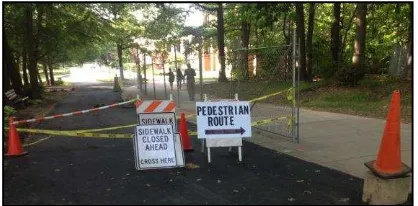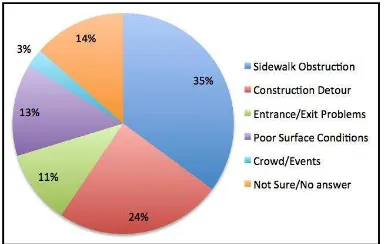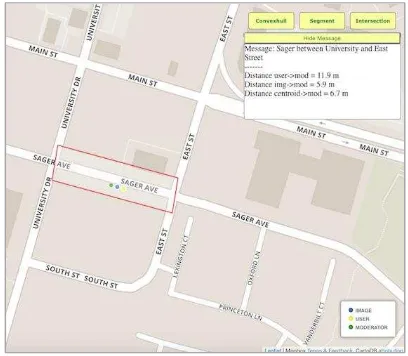isprsannals II 3 W5 179 2015
Teks penuh
Gambar




Garis besar
Dokumen terkait
In this paper we report results from a qualitative user experiment (n=107) designed to contribute to understanding the impact of various levels of complexity
Our approach is independent on initial values for the unknowns, very robust against outliers in relative rotations and homologous points and reaches good results on syn- thetic as
In this newly simplified approach the user expresses a possibly tolerant selection condition on a quality indicator of a component of the VGI item, by simply stating
The data curation process in which a quality assurance (QA) is needed is often driven by the direct usability of the data collected within a data conflation process or data
derived user’s accuracy with all training data are then compared with the assessment of the map accuracy using the sample of independent checkpoints extracted from
Attenuation correction of full-waveform airborne laser scanner data for im- proving the quality of volumetric forest reconstructions by sim- plified waveform history analysis.
The results are demonstrated on determining he intersection between an airborne and carborne laser point clouds and show that the proposed method takes 0.10%, 0.15%, 1.26% and 14.35%
These rectangles are eroded using mathematical morphology operators (Heijmans and Ronse, 1990) so that the markers for each stone are obtained. Figure 2d represents the